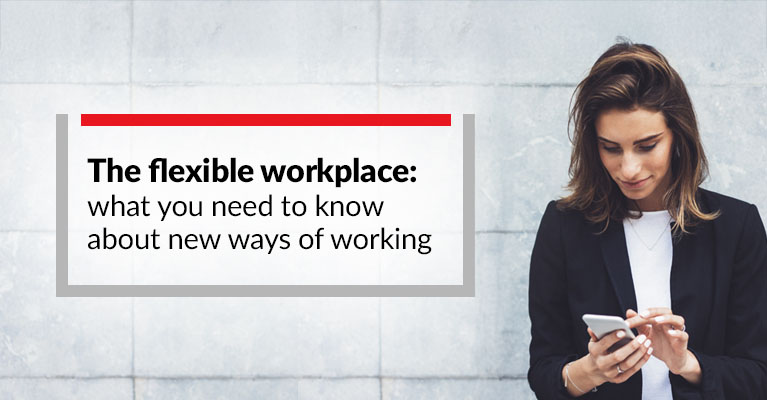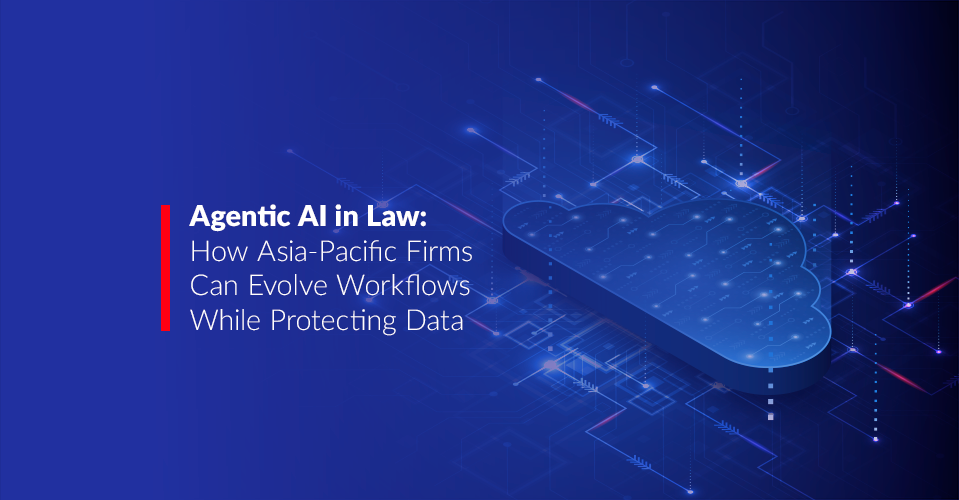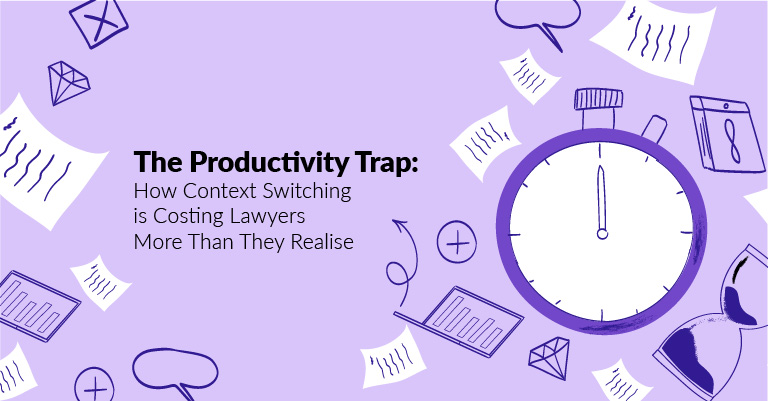Artificial intelligence is transforming the legal industry, there’s no doubt about that, but the conversation is shifting from chatbots and generative AI to something far more powerful: agentic AI. The...
In today’s fast-paced legal environment, the pressure to produce high-quality work quickly is intensifying. Yet, the very digital tools meant to boost productivity are often doing the opposite. Lawyers...
Companion animals now recognised as more than property in family law decisions. On 10 June 2025, major reforms to Australia’s Family Law Act 1975 (Cth) came into effect. For the first time, Australian...
Australian lawyers have a reputation for being pragmatic; and this trait shows when the conversation turns to artificial intelligence. There’s no blind rush to adopt the latest shiny tool, no “AI or...
Lexis+ AI ® transformed Whitehall & Associates, a growing law firm, into a dynamic force in institutional abuse and personal injury law. Partner Daniela Anicic explains how Lexis+ AI helped to facilitate...

Rapid advancements in tech and broader societal changes are driving a workplace revolution. Gone are the days of a job for life and the 9 to 5 grind. Instead, we’re craving flexibility and reinvention and we’re working in ways we could have only imagined 10 or 20 years ago.
Here, we take a closer look at this new era and what it means for both employers and employees.
The new way of working
Tech platforms and a desire to work on our own terms have fuelled the rise of the gig economy.
The gig economy is used to describe the increase in contract, temporary and freelance work across Australia and the rest of the world. While Uber drivers may be the well-known face of the gig economy, the trend extends to those in the professions and C-suite.
Research indicates one-fifth of Australia’s workforce is now comprised of casual workers, both casual employees and contractors.
This more flexible way of working is often seen as a win-win. Businesses have access to a fluid and talented workforce and workers enjoy unprecedented flexibility.
Of course, the gig economy is just one aspect of this workplace revolution. The demand for flexibility means organisations are taking work-life balance initiatives more seriously than ever and work-from-home arrangements and co-working spaces are increasingly popular.
Technology, from AI to IoT, is also reformulating workplace expectations – taking away the mundane and routine from our working days and allowing us to focus more on problem-solving and creativity.
What employees need to know
While flexibility and freedom are the positives for employees, there are downsides to consider.
First, you need to think about your status in the workplace. Are you still an employee? It’s important to be aware of your status, whether that’s employee, casual or contractor, and what that means. The Fair Work Commission, in one case, determined that an Uber driver was not an employee and therefore ineligible to make a claim for unfair dismissal.
Like the Uber driver, workers in the gig economy may feel a sense of disparity in the balance of power. Unstable income, no holiday pay and lack of protections enjoyed by employees are some of the things that gig economy workers may face.
The Senate Education and Employment References Committee’s report has recommended that minimum employment entitlements be extended to all workers, including contractors in the gig economy. In the meantime, those who are gig workers need to treat their employment like a business – and make their own plans for leave, superannuation and the like.
For those who continue to be classified as employees, flexibility is still likely to be front of mind. There are two ways that you can find flexibility in the workplace as an employee:
- Flexible working arrangements – while many employers offer such arrangements as an incentive, certain employees also have the right to request flexible working arrangements
- Individual flexibility arrangements – you can negotiate to change how certain terms in an award, enterprise agreement or other registered agreement applies to you.
What employers need to know
For employers, the business case for flexibility is overwhelming – from attracting talent to costs savings and increased engagement and productivity.
However, as employers take advantage of the benefits of this change, there are many considerations and questions to think about. In particular, employers should know how to determine whether someone is an employee or contractor and understand the liability that flows if someone is incorrectly classified.
Where businesses engage individuals as contractors in circumstances where the relationship is in fact one of employment, they risk claims for underpayment of wages, paid leave and unfair dismissal. The test for determining whether someone is an employee or independent contractor is different depending on whether the question is asked in the context of workplace laws, superannuation legislation, tax laws or some other purpose. However, relevant factors include:
- what level of direction and control you have over the worker
- who provides the equipment to perform the work and who pays for expenses
- whether the worker can delegate the work
- whether the worker wears a uniform
- how payment terms are managed
- whether you provide entitlements such as paid leave.
Employers also need to carefully weigh the benefits and risks involved in relying more heavily on gig workers. Be mindful of how flexible working arrangements and equal opportunity obligations intersect. And stay up to date with a shifting regulatory environment.
From simple search to analysis and insight, the powerful intelligence of Lexis Advance sits at the heart of many of LexisNexis' legal solutions. Access exactly what you need with a single subscription.





